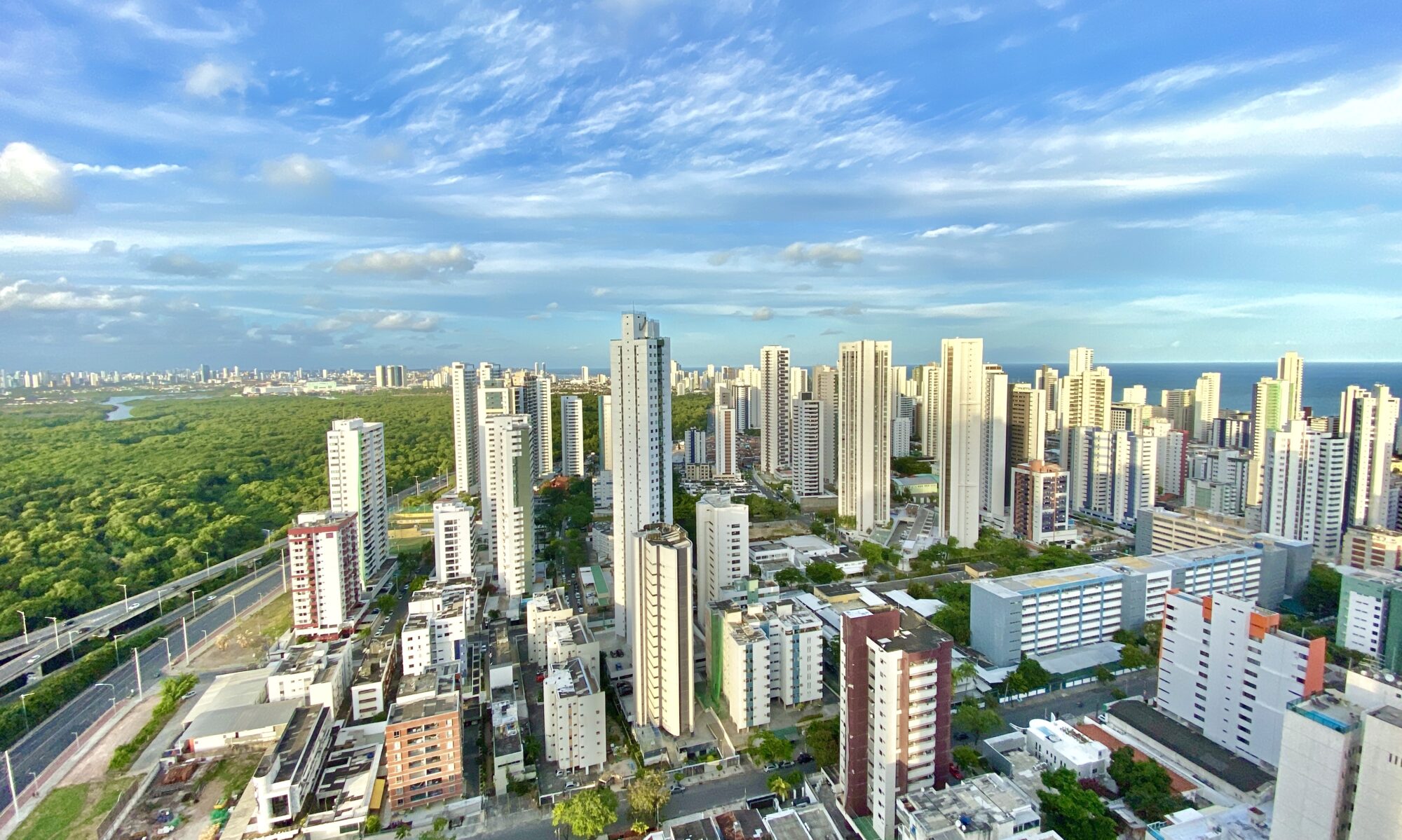Piauí is a state of striking contrast. From an economic point of view it may not be amongst the most important in Brazil but included within its territory is the Capivara National Park, the most important archaeological site not only in Brazil but in the entire American continent. There is evidence that this reserve, a pre-historic site in the middle of bushlands, was the origin of American mankind, and much longer ago than was thought.
Also in the state is the Parnaíba Delta, the only one in the American continent to be in the open sea, and also the Sete Cidades (Seven Cities) National Park with pre-historic cave paintings and rock formations dating from at least 400 million years ago. Although Piauí has the shortest coastline of all the coastal states – just 66 kilometres – it has an exceptionally rich ecosystem comprising innumerable islands, lakes, narrow channels and fine sandy beaches, covered by dunes and coconut groves.
The capital, Teresina, is the only north-eastern state capital to be situated inland because colonization took place differently from the other administrative centres in the north-east: in Piauí occupation started in the interior and spread towards the coast. Unlike what happened in other states, the colonization of Piauí did not leave behind any record of pirates or foreign invasions. The territory was first occupied by bandits such as the Portuguese Domingos Afonso Mafrense and Domingos Jorge Velho from São Paulo. Mafrense founded the first small town of Piauí, the present-day city of Oeiras, whilst the first herds of animals were taken there by Velho.
In the seventeenth century, colonization was led by impoverished Portuguese nobles and by prominent church figures, mainly from the Jesuit Order, by Indians, Negroes, people of mixed race and pioneers. There was considerable involvement by cowherds who came from the neighbouring states of Maranhão and Bahia seeking new pastures for their herds. They occupied that part of Brazil, establishing in the state what the people of Piauí affectionately call the “leather civilization”.
The majority of the state has a semi-arid climate with wet periods from December to April and drought during the rest of the year. The vegetation is scrubland (caatinga) which, combined with the climate, favours subsistence agriculture, the widespread stock-rearing on large estates and the felling of species of palm tree such as carnaúba and babaçu. There is practically no industry in Piauí and conditions there make it the poorest of all the Brazilian states, a situation that has remained unaltered from colonial times until the present day. It was only with the help of fiscal incentives in the 1960s that the state was able to develop irrigated agricultural schemes, such as planting rice in the fields, stepping up power generation, building new roads and improving the urban infrastructure. However, contrary to other Brazilian states, Piauí has the advantage of having a stable population, balanced between the rural and urban areas, and a low demographic density in relation to north-eastern standards.

